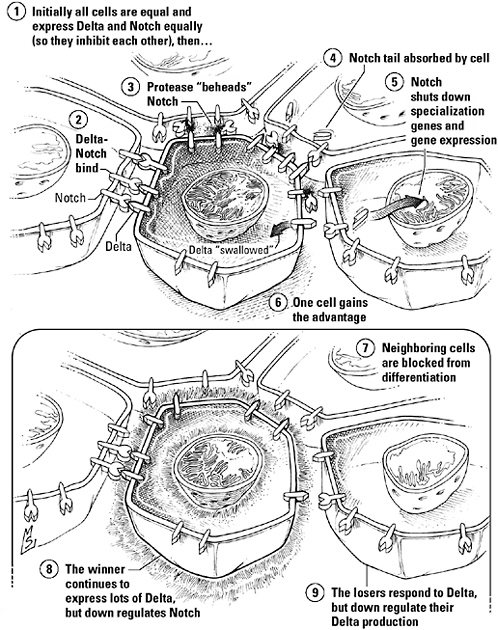
**Researchers Discover Unforeseen DNA Configurations During Cellular Division**
For many years, researchers operated under the assumption that they comprehended DNA dynamics during cellular division thoroughly. The dominant theory suggested that the genome completely disassembles its complex 3D configuration, only to progressively reconstruct it after cell division. However, a team at the Massachusetts Institute of Technology (MIT) has recently challenged this notion.
Utilizing a sophisticated mapping method, which captures details 100 to 1,000 times more precisely than prior techniques, MIT researchers have identified enduring small loops throughout the cellular division process. These formations, referred to as microcompartments, become increasingly noticeable as chromosomes condense for division and gradually diminish as cells return to their regular activities.
### An Astonishing Revelation
Anders Sejr Hansen, an associate professor of biological engineering at MIT, conveyed the team’s initial hypotheses prior to the research. They expected to observe a complete lack of regulatory formations during mitosis. Contrary to this presumption, they encountered microcompartments — structures that had not been detected previously in mitosis.
The research team monitored mouse cells throughout the complete division cycle using a method named Region-Capture Micro-C. At each phase, including the ultimate stabilization stage of daughter cells, they charted 3D interactions among DNA segments. As predicted, substantial structures, like organizational domains and extensive loops, disappeared. Yet, they noted genetic enhancers and promoters assembling into close clusters, calling previous assumptions into question.
These microcompartments attain maximum strength during anaphase and telophase, when chromosomes are at their most compact. This unforeseen finding is consistent with physical laws; as DNA condenses, regulatory elements that typically remain separate draw together, forming reinforced connections due to compaction.
Viraat Goel, the primary author of the study featured in *Nature Structural and Molecular Biology*, emphasized the implications of this research for grasping the significance of genome structure in gene regulation—a biological enigma that has intrigued scientists for years.
### Unintentional Gene Expression
The team’s pioneering research may shed light on why genes show an abrupt increase in activity during mitosis, a phenomenon observed in investigations from 2016 and 2017. These genes were frequently positioned at the intersections of microcompartments, implying that the loops inadvertently foster an environment suitable for gene expression, which is then rapidly suppressed.
Once cellular division concludes, the cell enters a resting phase known as G1, where numerous small loops weaken or disappear. Scientists believe that cells actively remove unnecessary connections while safeguarding crucial regulatory loops to ensure accurate gene expression.
Computer simulations provided valuable insights into the behavior of microcompartments, revealing three primary factors: the attraction force among regulatory components, chromosome density, and the degree of interference from other molecular machinery. Interestingly, the heightened compaction and reduced interference during mitosis create optimal conditions for the formation of microcompartments.
These discoveries imply that chromosome compaction may hold more significance than previously recognized, potentially affecting gene regulation in ways beyond merely arranging DNA for division. Hansen’s team is exploring whether variations in cell dimensions and morphology, which impact DNA density, could clarify unexplained variations in genome organization.
This research received financial backing from the National Institutes of Health, a National Science Foundation CAREER Award, the Broad Institute, a Pew-Steward Scholar Award, the Mathers Foundation, the MIT Westaway Fund, the Koch Institute Bridge Project, and the Koch Institute Support Grant from the National Cancer Institute.
For additional information, access the complete study in *Nature Structural & Molecular Biology*: [https://doi.org/10.1038/s41594-025-01687-2](https://doi.org/10.1038/s41594-025-01687-2).